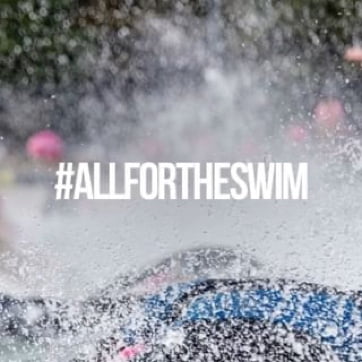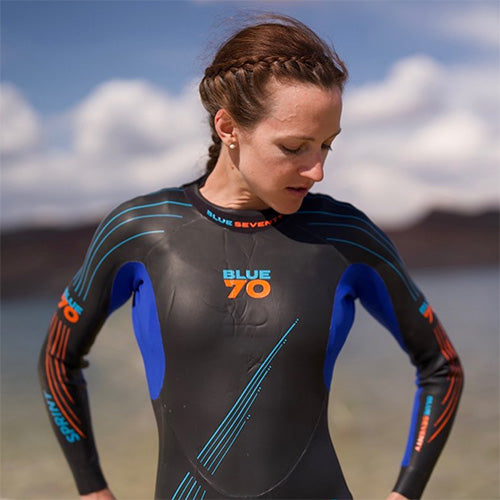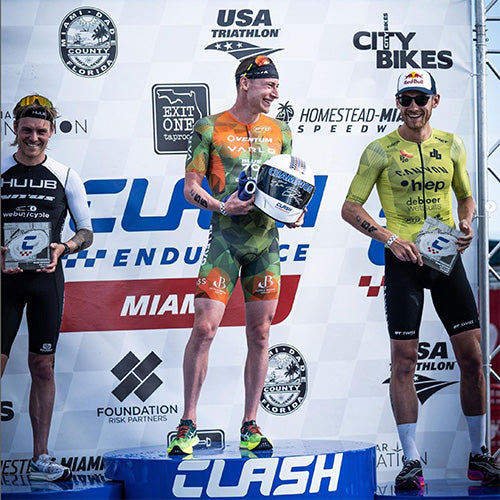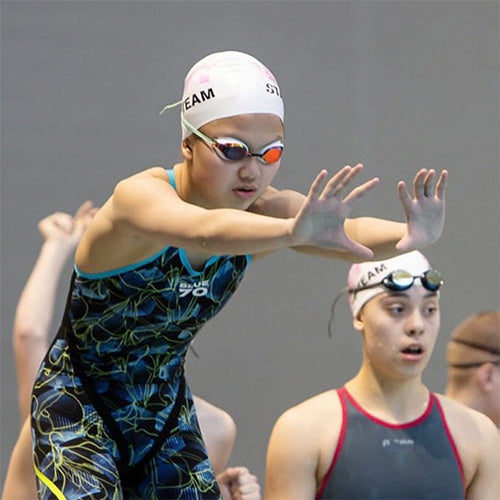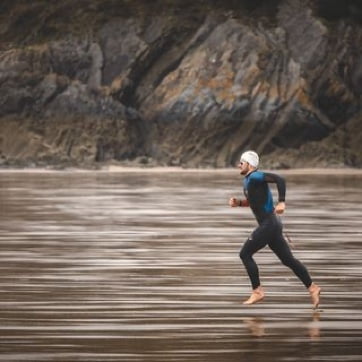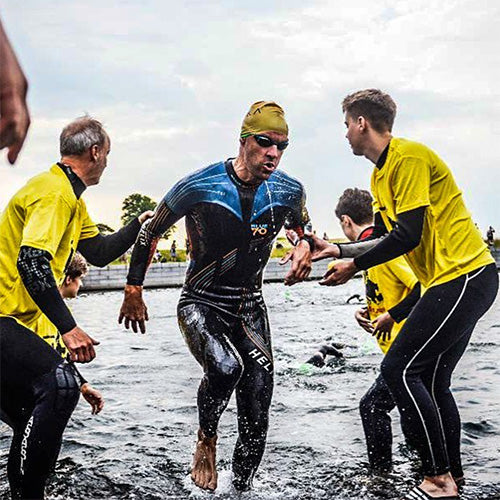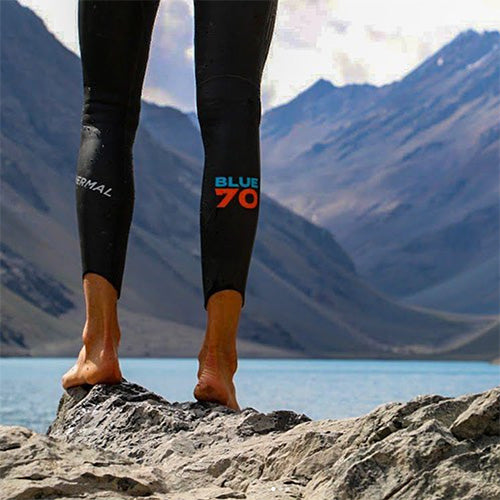Learning to swim well can be quite challenging as it is a technical skill. To a certain extent with other sports such as cycling and running improvements can be made simply by exerting more effort. But this approach backfires when applied to swimming. To swim more efficiently is not a matter of trying harder. Instead, swimming more efficiently (faster and with less effort) is about reducing the natural resistance of moving through the water. It takes technique.
The number one mistake beginner swimmers make is to swim “X” number of laps or for “Y” amount of time. The mindset around this type of training is understandable. You're concerned about maximizing your time in the water. Unfortunately, there are more drawbacks to this type of training than there are benefits.
Should the athlete be able to complete the distance of their intended race prior to race day? Of course! However, to swim every training session in this fashion practically ensures minimal improvement. In fact, it makes slow swimmers. How?
- It limits development in technique
- It restricts improvement in speed
- It is boring
- It inhibits confidence
Many triathletes when discussing swimming improvement will reflexively respond they don’t care about swimming faster. Improving your swim technique will increase your swimming speed which means you will not only be in the water less time, but you will begin the bike having used less energy. Even if you don’t care about improving your swimming ability, you can swim faster and be less fatigued.
The best way to improve your technique is to intentionally concentrate on various aspects of your technique. Ideally get feedback in-person from a swim coach who can analyze your stroke with guidance as to which parts need the most attention. By breaking the complete swim stroke down into its individual parts you can focus on improving each part individually.

"A swim consultation and a video analysis is the perfect tool to help with your swim. It will help you determine what is holding you back and put you on the path to correct your stroke. You will swim faster and the energy saved will help you bike and run faster." - Jorge Martinez, Head Coach at Boston based E3 Triathlon Coaching
When it comes to swimming, improve the parts and you will improve the whole. Working on technique is best done in short increments. When your swim training plan is to swim straight through without planned breaks, it’s extremely difficult to focus on just one aspect of your stroke on which you want to improve. Additionally, using a clock to time a given distance is an excellent method for verifying improvement. This does not happen when you swim the entire session straight through. Improving technique is the best way for a beginner swimmer to not only swim faster but to use less energy doing so. Consider a triathlete that takes 50 minutes to complete an Olympic Distance swim. Improving technique can easily get that same swimmer down to 35-40 min. Think about how much energy is saved by spending 15 less minutes in the water.

In our next post we focus on training methodology which will lead to further gains in the water.
Triathlon coach Lance Carter contributed to this story. Carter is a 9-time IRONMAN finisher who has been training and racing since 1993 and coaching athletes since 1997. He is a long-time blueseventy ambassador. His personal mission is "to inspire people to live more fulfilling lives through exercise and mindset elevation." His book 100 Lessons for Essential Training and Racing was published in 2016.



